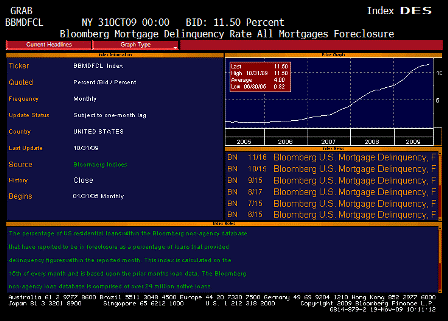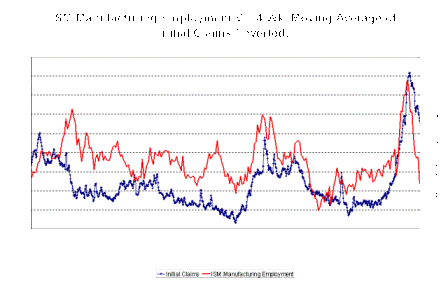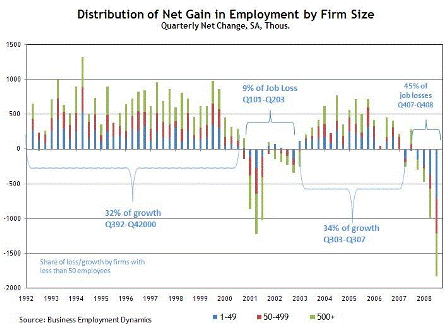At least they are starting to understand the power of employment.
Too bad they haven’t figured out how to do it in local currency.
Wonder how this will sell politically to unemployed voters here in the States:
Afghans Offer Jobs to Taliban Rank and File if They Defect
The meeting is part of a battlefield push to lure local fighters and commanders away from the Taliban by offering them jobs in development projects that Afghan tribal leaders help select, paid by the American military and the Afghan government.
By enlisting the tribal leaders to help choose the development projects, the Americans also hope to help strengthen both the Afghan government and the Pashtun tribal networks.
These efforts are focusing on rank-and-file Taliban; while there are some efforts under way to negotiate with the leaders of the main insurgent groups, neither American nor Afghan officials have much faith that those talks will succeed soon.
Afghanistan has a long history of fighters switching sides — sometimes more than once. Still, efforts so far to persuade large numbers of Taliban fighters to give up have been less than a complete success. To date, about 9,000 insurgents have turned in their weapons and agreed to abide by the Afghan Constitution, said Muhammad Akram Khapalwak, the chief administrator for the Peace and Reconciliation Commission in Kabul.
But in an impoverished country ruined by 30 years of war, tribal leaders said that many more insurgents would happily put down their guns if there was something more worthwhile to do.
“Most of the Taliban in my area are young men who need jobs,†said Hajji Fazul Rahim, a leader of the Abdulrahimzai tribe, which spans three eastern provinces. “We just need to make them busy. If we give them work, we can weaken the Taliban.â€
[top]




